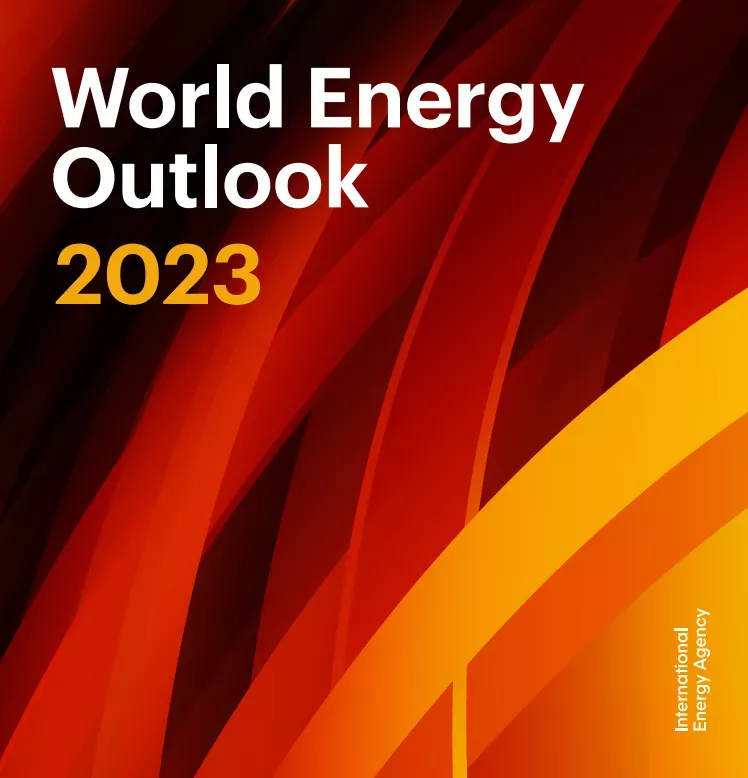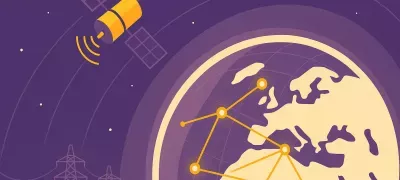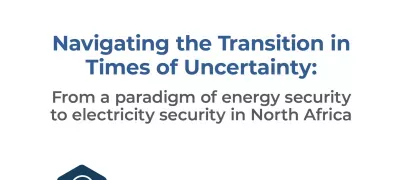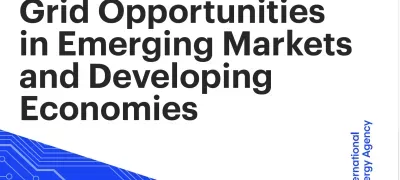
The World Energy Outlook 2023 delves into the intricacies of the global energy landscape, offering strategic insights amidst geopolitical tensions and volatile energy markets. This year's report analyzes structural shifts in economies and energy usage, examining how they impact meeting the rising demand for energy. It also evaluates energy security fifty years after the establishment of the IEA and discusses the necessary actions at the COP28 climate conference to uphold the 1.5°C goal. Additionally, the report explores implications of current energy trends on investment, trade, electrification, and energy access.
Despite some relief from immediate pressures of the global energy crisis, the energy world remains unsettled, with volatile markets, geopolitical tensions, and environmental concerns. While fossil fuel prices have declined from their 2022 peaks, risks of further disruptions persist. The emergence of a new clean energy economy, driven by solar PV and electric vehicles, offers hope for progress. Investment in clean energy has surged by 40% since 2020, driven by efforts to reduce emissions, enhance energy security, and create clean energy jobs.
The Outlook presents various scenarios reflecting real-world conditions and starting points, including the Stated Policies Scenario, Announced Pledges Scenario, and the Net Zero Emissions by 2050 Scenario. Despite progress, significant efforts are needed to achieve the objectives of limiting global warming to 1.5°C. The report underscores the importance of informed decision-making for rapid, secure, affordable, and inclusive energy transitions, providing a comprehensive evidence base for policymakers and stakeholders navigating the complex energy landscape.



